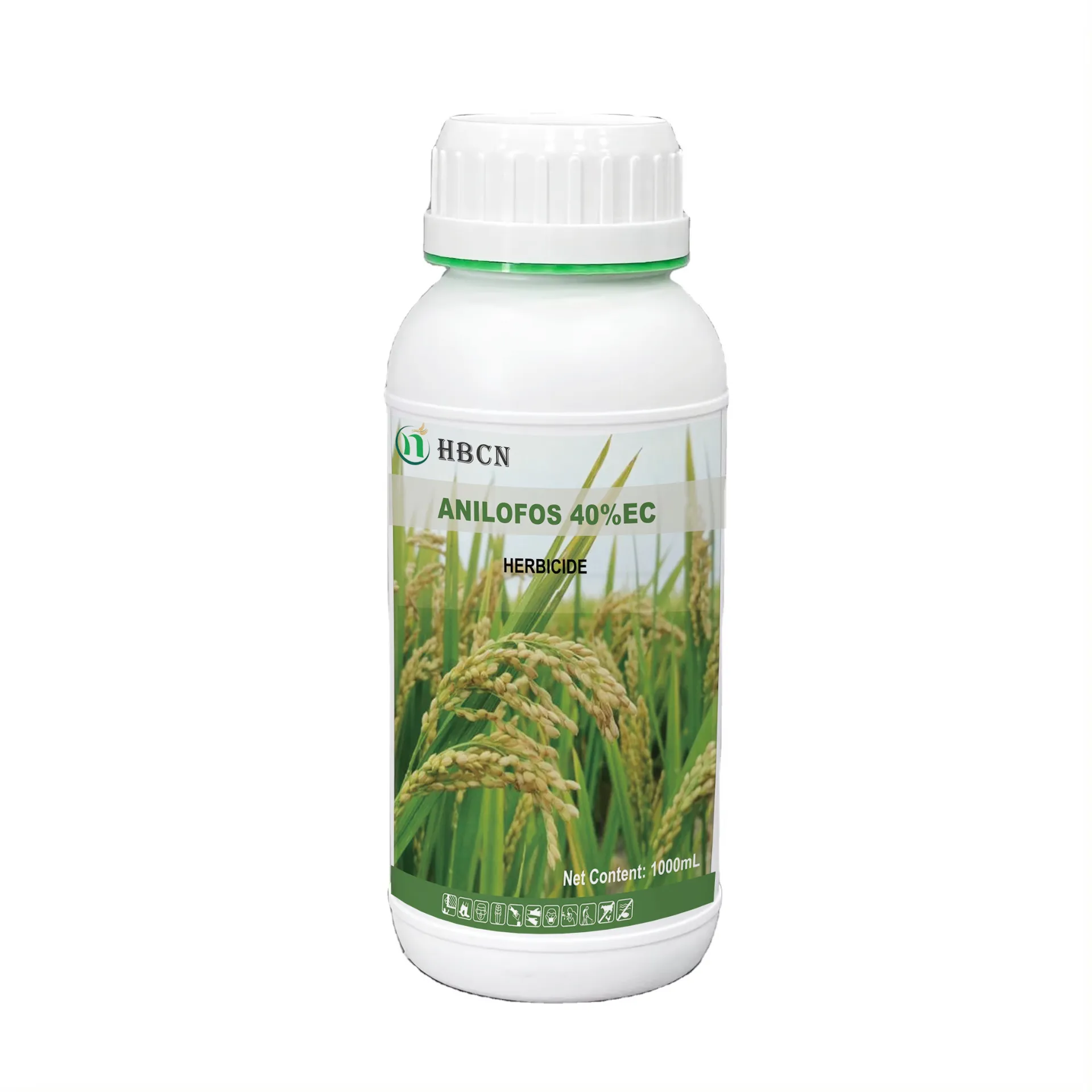
Th12 . 25, 2024 10:21 Back to list
Chlorothalonil CAS Products Overview and Applications in Agriculture and Industry
Understanding Chlorothalonil and Its Applications
Chlorothalonil is a broad-spectrum fungicide that has become essential in agricultural practices worldwide. Its chemical composition, which includes a chlorinated structure, enables it to effectively inhibit the growth of various fungal pathogens. Chlorothalonil is particularly valued for its role in protecting crops from diseases caused by fungi, ensuring higher yield and quality of agricultural produce.
Chemical Properties and Mechanism of Action
Chlorothalonil is classified as a multi-site action fungicide. This means that it can interfere with multiple biological processes in fungal cells, making it less likely for resistance to develop compared to fungicides that have a single target site. One of its primary mechanisms involves disrupting the synthesis of essential cellular components in fungi, thereby preventing their growth and reproduction.
The chemical formula for chlorothalonil is C8Cl4N2, reflecting its complex and highly reactive nature. It is typically available in various formulations, such as wettable powders, emulsifiable concentrates, and granular formulations, making it versatile for different agricultural needs.
Applications in Agriculture
Chlorothalonil is predominantly used in the cultivation of various crops, including tomatoes, cucumbers, potatoes, and ornamental plants. It is effective against a wide range of fungal pathogens, including but not limited to Botrytis cinerea (grey mold), Phytophthora infestans (late blight), and many others. Farmers apply chlorothalonil as a preventative measure at the beginning of the growing season or reactively when conditions favor fungal outbreaks.
The use of chlorothalonil has been particularly important in managing diseases that can severely impact crop yield and quality. For instance, its application on tomatoes not only helps in preventing early blight but also extends the harvesting period of the crop, ultimately leading to increased profitability for farmers.
chlorothalonil cas products

Environmental and Health Considerations
Despite its effectiveness, the use of chlorothalonil has raised concerns regarding environmental and health impacts. Studies have indicated that chlorothalonil can persist in the environment and may have harmful effects on non-target organisms, including aquatic life. Consequently, regulatory bodies and environmental agencies in several countries have imposed restrictions or reevaluated the approval of chlorothalonil for use in agriculture.
Additionally, there have been studies suggesting potential health risks associated with chlorothalonil exposure for farmworkers and consumers. While chlorothalonil is generally considered safe when applied following recommended guidelines, it is crucial for users to implement integrated pest management practices to minimize risks associated with chemical applications.
Regulatory Landscape
As the awareness of potential risks grows, regulatory agencies such as the U.S. Environmental Protection Agency (EPA) and the European Food Safety Authority (EFSA) continuously assess the safety and efficacy of chlorothalonil. In recent years, some countries have taken steps to restrict or ban the use of chlorothalonil, pushing for alternatives that are safer for both humans and the environment.
This regulatory evolution is indicative of a larger trend within the agricultural sector, where there is a shift towards sustainable practices. Farmers are increasingly adopting integrated pest management (IPM) strategies that rely on a combination of chemical, biological, and cultural control methods to reduce dependence on synthetic pesticides like chlorothalonil.
Conclusion
Chlorothalonil remains a valuable tool in the fight against crop diseases, offering significant benefits in agricultural productivity. However, its use must be carefully managed to mitigate potential risks to human health and the environment. Ongoing research and development of safer alternatives, combined with regulatory updates, are essential for ensuring a balanced approach to pest management that safeguards our food supply while protecting the ecosystem. As agricultural practices continue to evolve, understanding and responsibly utilizing compounds like chlorothalonil will be fundamental in the pursuit of sustainable farming.
-
Herbicide Mesotrione: Advanced Herbicide Solutions for Corn Field Weed Control
NewsJul.12,2025
-
Buy Penoxsulam Herbicide - Selective Weed Control Solution for Lawns & Crops
NewsJul.08,2025
-
Malathion and White Oil Effective Insecticide for Citrus & Ornamentals
NewsJul.08,2025
-
Best Section Fungicide Solutions Effective Carbendazim & Copper Fungicides for Citrus Trees
NewsJul.08,2025
-
Types of Herbicides Explained Discover 5 Types of Selective Herbicides for Effective Weed Control
NewsJul.07,2025
-
Buy Bifen Chemical – Safe Termiticide for Dogs & Effective Pest Control Solutions
NewsJul.07,2025
